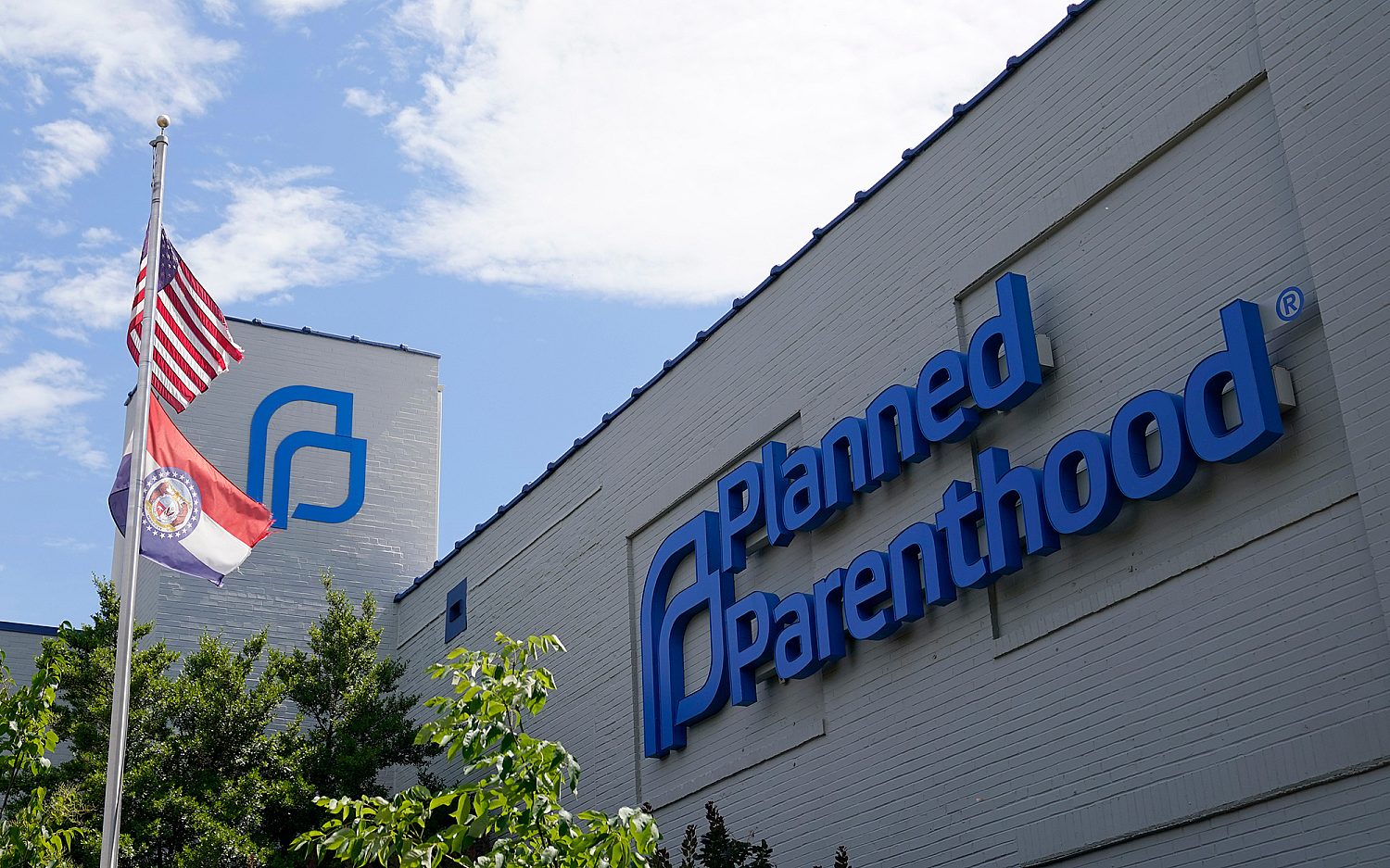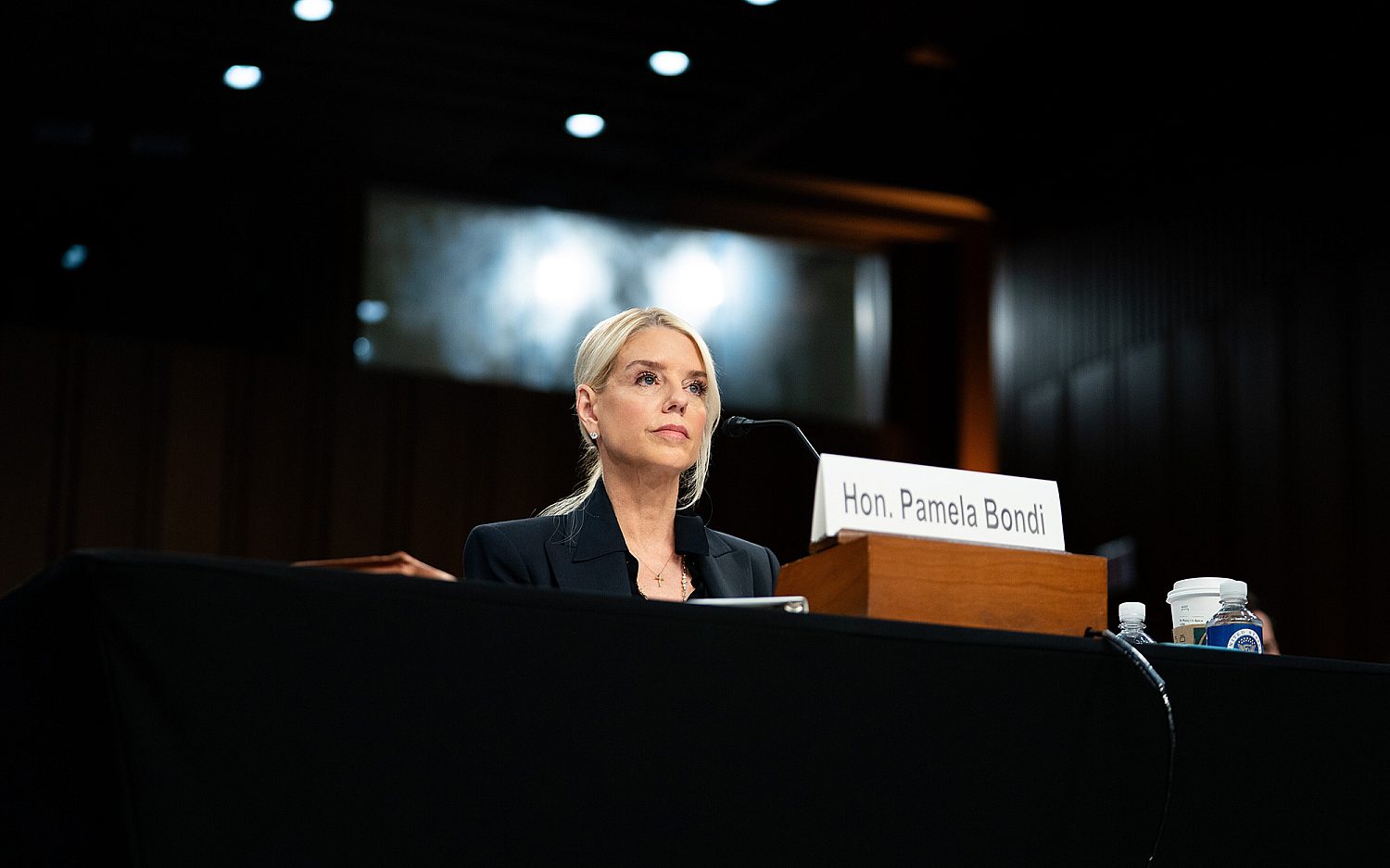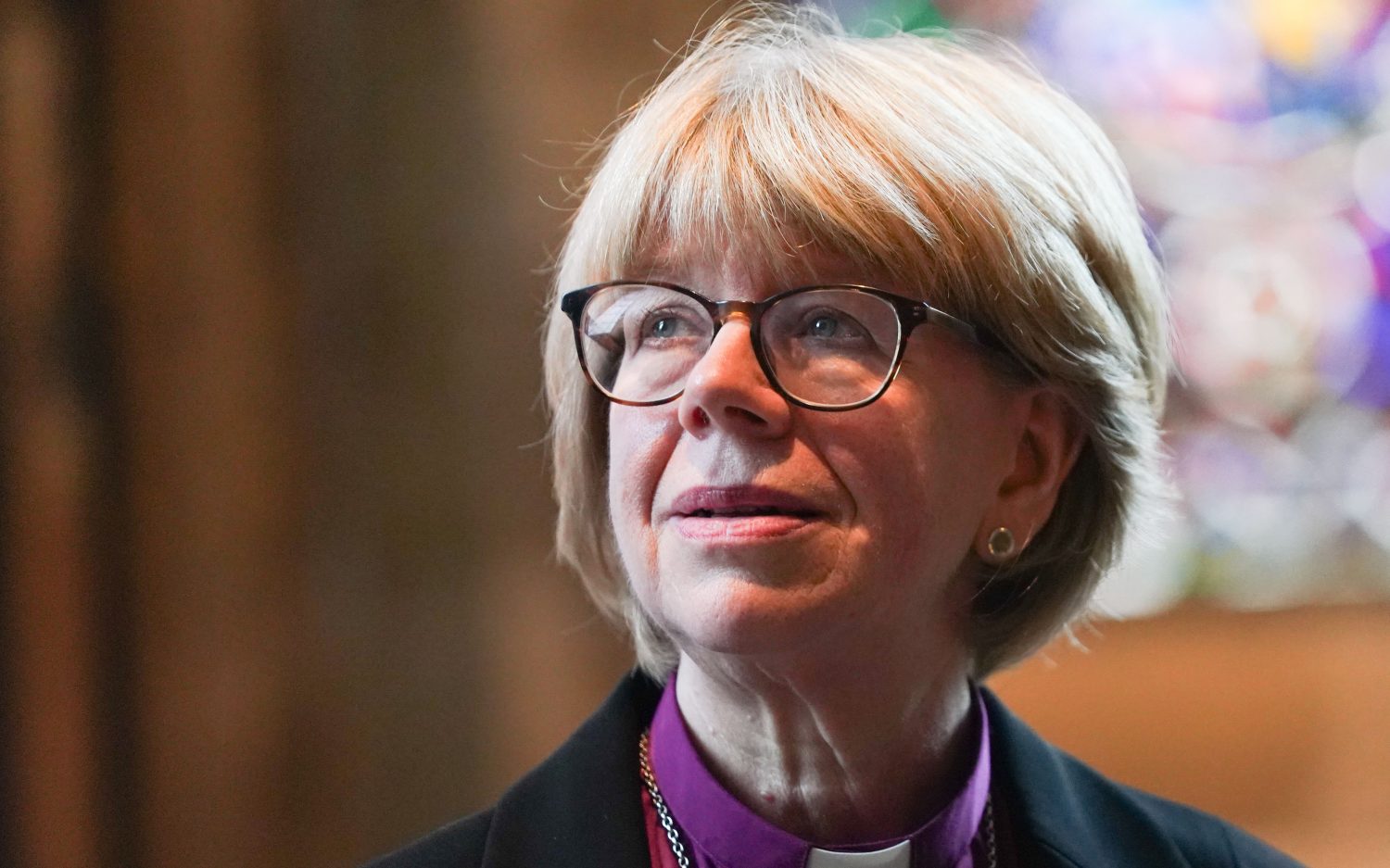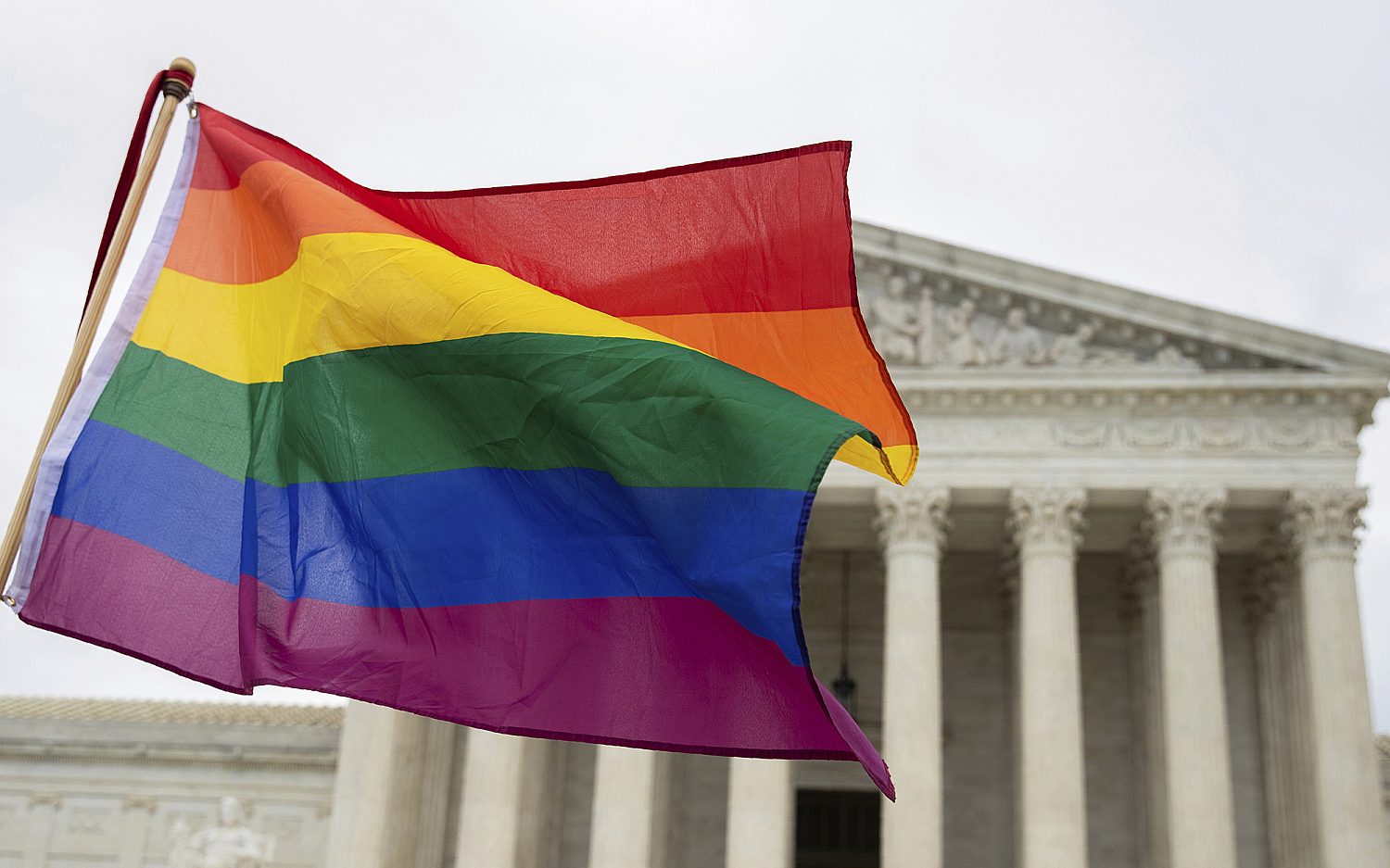Watch and wait
One week after Japan's massive earthquake, many victims are still looking for help
Japan missionary Russell Board compares post-earthquake Japan to post-9/11 America: "A stunning and unprecedented disaster, followed by a continuing state of threat and uncertainty."
The stunning disaster continued to leave thousands stranded without critical supplies one week after a 9.0-magnitude earthquake and massive tsunami struck Japan's northeastern region. Authorities have confirmed 6,500 people dead and another 10,300 missing, though those numbers are likely to climb far higher.
Nearly 450,000 quake victims are displaced: Most suffered lost or damaged homes when tsunami waves overpowered the coast, sweeping away homes, buildings, cars, and debris. Nearly 100,000 of the displaced residents have evacuated their homes in the wake of Japan's other unfolding disaster: the threat of dangerous radiation leaks from the damaged Fukushima Dai-ichi nuclear power plant.
As Japanese workers frantically tried to contain the damage at the plant-and U.S. officials warned the damage could be worse than Japanese authorities are reporting-government troops and aid workers ran a frantic race of their own, trying to deliver life-saving supplies to many stranded in regions without water, food, electricity, or gas.
On Thursday, two American military helicopters landed near the devastated coastal town of Shizugawa to deliver canned beans and powdered milk to a community center for quake survivors now homeless. The town's residents said they had received few supplies and desperately needed more. Strong winds and snowy conditions kept relief helicopters away from other coastal areas.
In the nearby fishing town of Ishinomaki, an estimated 80 percent of the town's homes washed away in the tsunami. What remains of the town-once home to the Eastern Hemisphere's second largest fish market-are miles of strewn rubble as Japanese troops on Thursday combed the area for survivors. Food and water remained in short supply, and the town's Japanese Red Cross hospital was only accepting seriously ill or critically ill patients.
Luke Cummings-a 25-year-old American who grew up in a missionary family in Japan-delivered supplies to Ishinomaki on Thursday. He described desperate conditions in a phone interview from Sendai after his return. "We visited some places at night, and it's like visiting a horror house: No electricity, no water, no gas. . . . Dark, dark, creepy place," he said. "People are freezing and starving."
Cummings also described the importance of delivering the right kind of supplies to survivors in desperate straits: Without access to water, Japanese staples like dried noodles won't help hungry populations. (Back in Sendai, Cummings' mother-missionary wife, Edie Cummings-had been baking kitchen-loads of bread to distribute to her family's neighbors. Local stores are either empty or constantly low on food supplies.)
Russell Board, who is a frequent contributor to WORLD, reported similar supply shortages in Saitama City, a city of 1 million north of Tokyo. Though the area wasn't heavily damaged by the quake, Board said the ongoing disaster had induced "panic buying" of some supplies in the area about 150 miles south of the Fukushima nuclear plant. That's left store shelves empty of "rice, bread, flour, milk, toilet paper, instant noodles, and batteries," he said on Friday. "We were able to buy a liter of milk today, so we are hoping things will improve."
Authorities hope that better weather conditions over the weekend help improve the ability to deliver aid to the hardest hit areas, and bring warmer conditions for those sleeping outside. Officials were also encouraged that the tsunami-stricken airport in Sendai opened for cargo planes to bring supplies to the area. CRASH-a Christian relief group in Japan-announced that it would distribute some 500,000 meals from its base in Sendai. (Food for the Hungry donated the food supplies.)
An actual newsletter worth subscribing to instead of just a collection of links. —Adam
Sign up to receive The Sift email newsletter each weekday morning for the latest headlines from WORLD’s breaking news team.





Please wait while we load the latest comments...
Comments
Please register, subscribe, or log in to comment on this article.